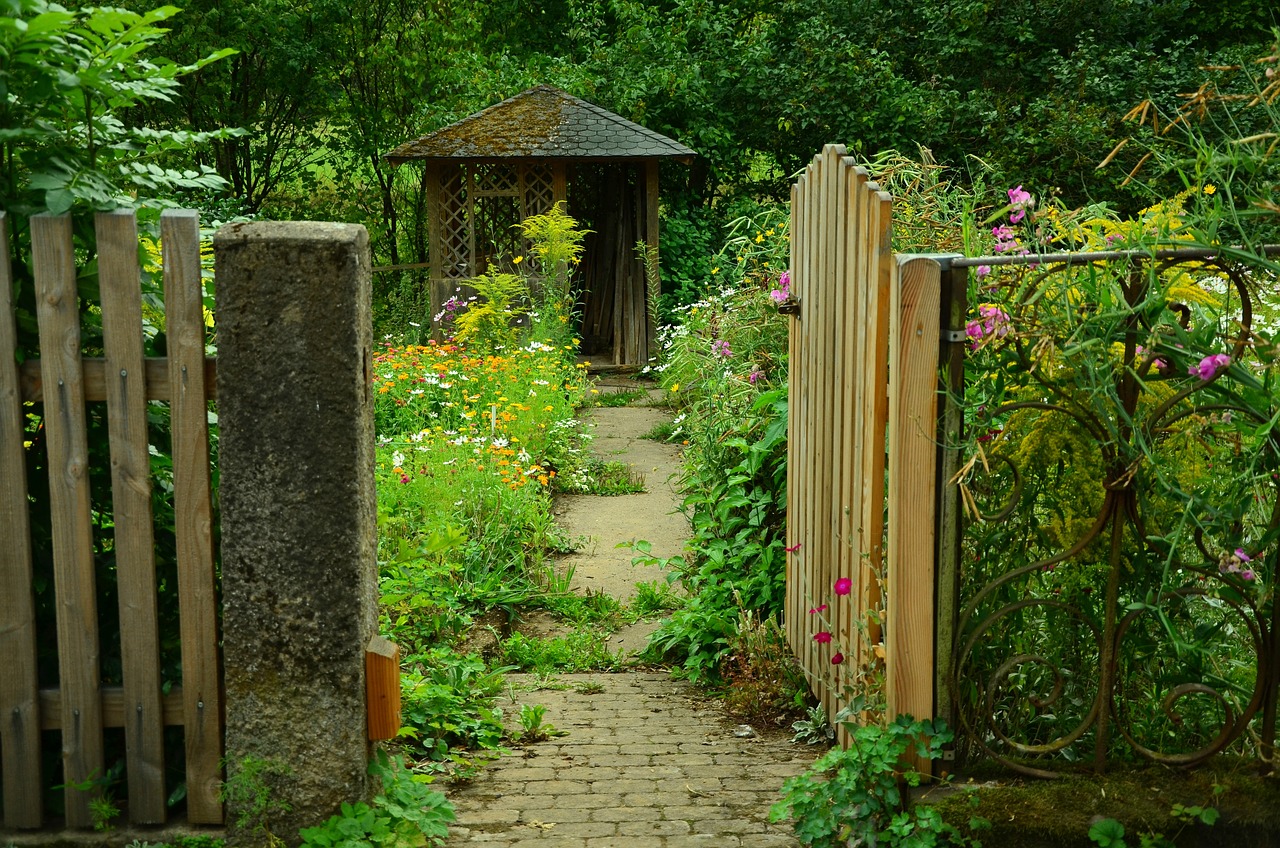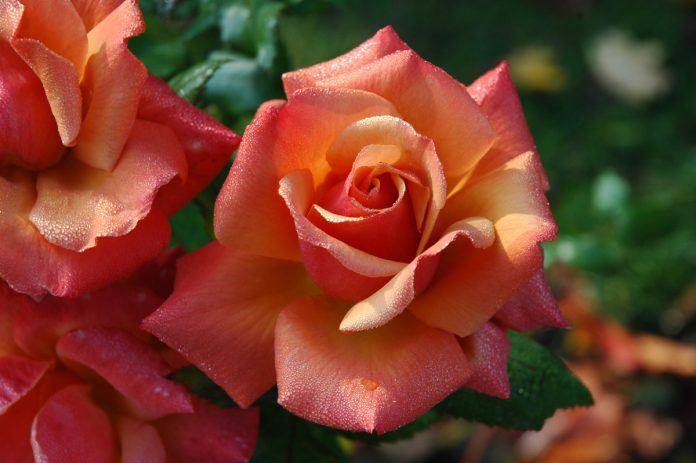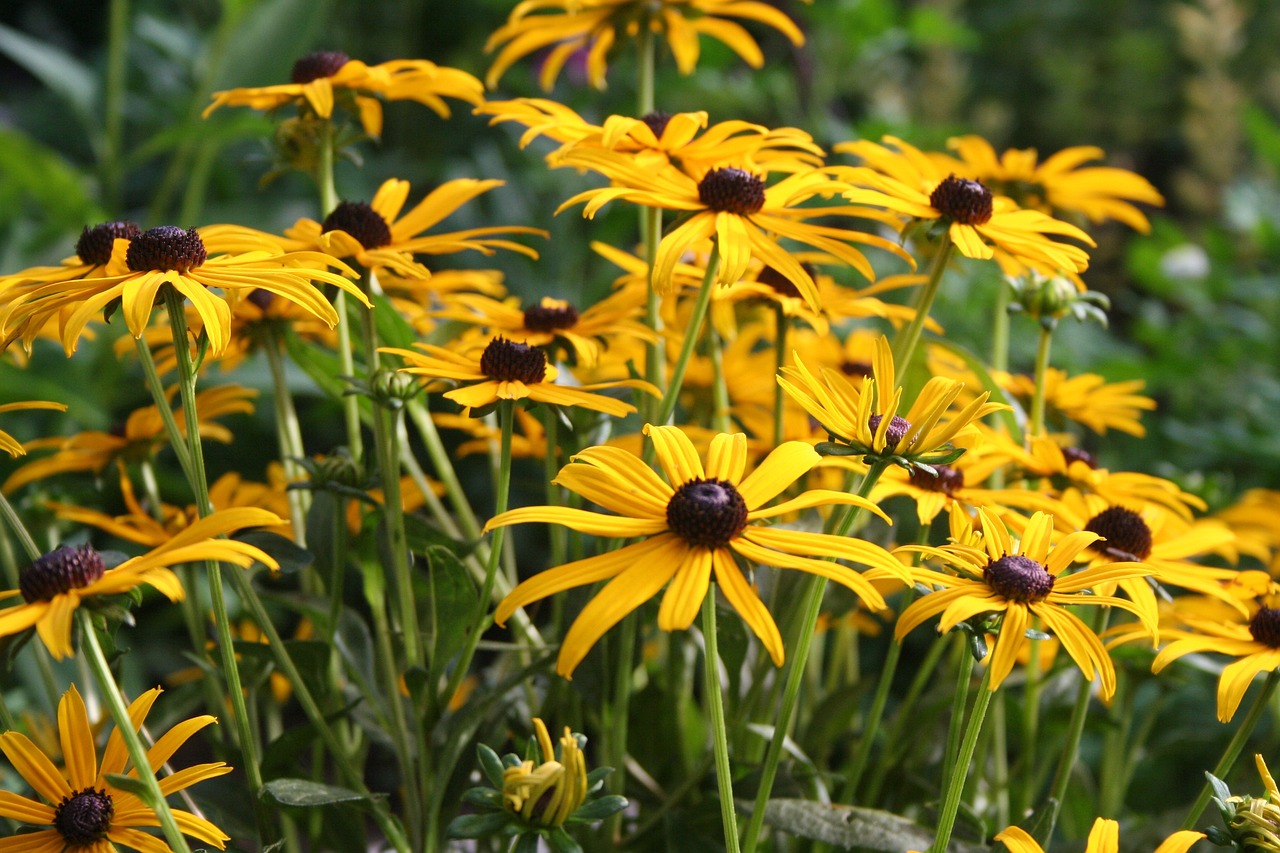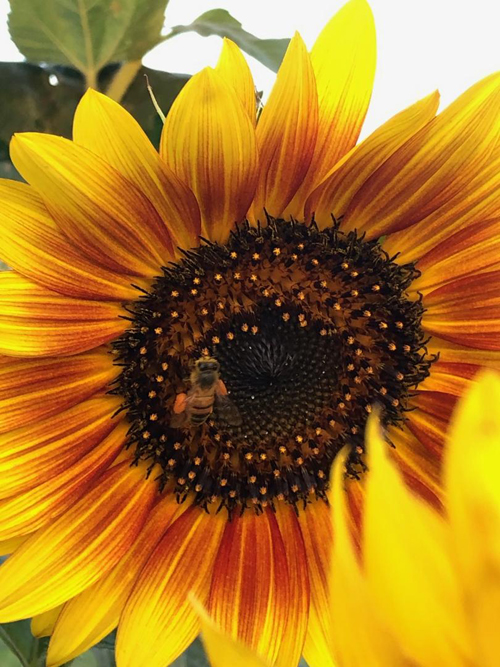Anemone (Anemone Pulsatilla)
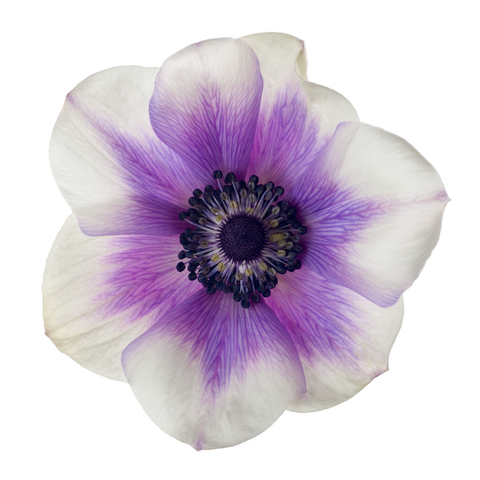
(pronounced: a nay moh’ nay)
Greek : anemōnē means “daughter of the wind”
(Also known as: Easter flower, Dane’s Blood, Pasque Flower, Windflower, Prairie Smoke, Wild Crocus)
Family: Ranunculaceae
Flower Type: Showy flowers
Seasonal: Herbaceous perennial
Light: Sunny to partial shade (4-6 hours sunlight)
Size: 4-12 inches high
Color: white, purple, red, blue
Blooming: March – April, spring wildflower
Growth Rate: Vigorous
Soil Type: Loam- sandy soil, well drained.
Leaves: basal leaves
Special Assets | Medicinal Use: Nice as a cut flower, stays in good condition for about a week.
Medicinal Use: *The body bathed with a decoction of anemone, cures leprosy.
Landscape Use: Plant on slopes, rock gardens or with bulbs.
Propagation: Self sowing. You can also start the seeds indoors to set out in the spring. You can also divide clumps in the spring.
Care: Cut back in fall. Very hardy.
Water: Normal, prefers moist soil.
Disease/ Insects: Black root rot, rust, Japanese beetles, white flies, aphids, cutworm
USDA Hardiness Zone: 5-9
Flower Language: Meaning: Unfading Love
Source: * Culpeper’s Complete Herbal & English Physician
The Author:
Pioneerthinking.com – Ingredients for a Simple Life


